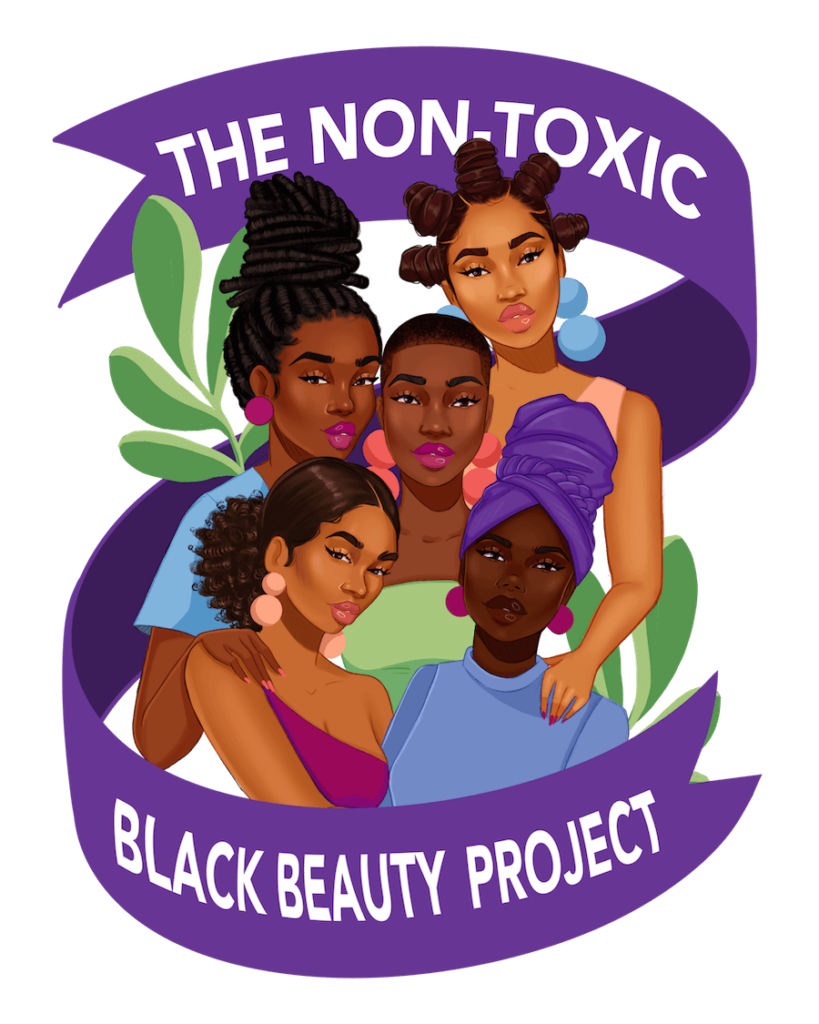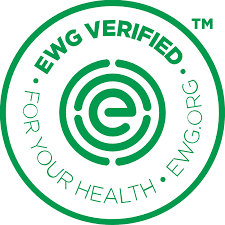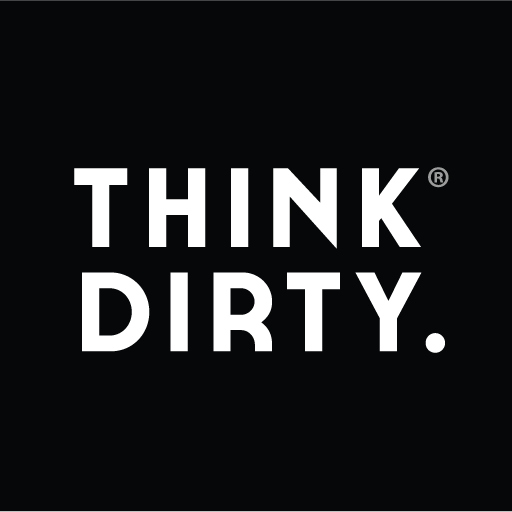Nursery
Window CoveringWhat You Need To KnowMost of us use window coverings for privacy and decoration. They hardly seem like a possible health threat. But here are some things to consider:
What To Avoid

PVC: Some window coverings are made of Polyvinyl chloride (pvc) plastic, derived from petroleum, a non-renewable resource. These products frequently contain harmful chemicals, including Phthalates. Phthalates often get released into the air and are inhaled. Exposure is linked to reproductive health issues, brain development, liver cancer, birth defects, asthma, and allergies.

Pesticides:Conventionally-produced hemp, linen, wool, and particularly cotton are often sprayed heavily with Pesticides. The Pesticides are intended to kill pests that might damage the crops or harm wools, but these chemicals can be poisonous to other insects, birds, and mammals – including humans! Often pesticide residues stay in cloth fibers and then release as the cloth ages. Exposure to some Pesticides can impact brain development and may contribute to lower IQs, birth defects, and developmental delays. Despite concerns about Pesticides in fabrics like wool and cotton, they are still healthier than artificial, often plastic-based, artificial fabrics such as rayon, Polyester and acrylic.

Flame retardant:Some window coverings have flame retardant on them. Exposure to flame retardants, (particularly polybrominated diphenyl ethers, PBDEs) when babies are developing in the womb, and when children are young has been linked to poorer attention, lower fine motor skills, and lower IQs as well as a reproductive birth defect, Hypospadias. Research on whether or not these chemical additives effectively reduce flammability is mixed. Extra caution should be taken with older furniture and padding that is falling apart.

Polyester:Polyester, which is made of multiple artificial chemicals that are petroleum-based, can Lead to skin problems, such as rashes, itching and eczema, irritate lungs, and some ingredients can potentially contribute to certain cancers. As they break down with wear and through washing, plastic, synthetic fabrics release Microplastics into our water and environments, an additional health concern.

Perfluorochemicals:Perfluorochemicals (PFCs) are added to fabrics for durability, stain, and wrinkle resistance. Exposure to PFCs may impact brain development, reproductive health, and the immune system.
Safer Choices

Organically grown fabrics:Organically grown fabrics are healthier for people and for the planet. Look for shades made from untreated (and ideally organic) materials, such as cotton, hemp, bamboo, flax, and solid wood (ideally sustainably harvested) or bamboo.

DIY:Express yourself creatively by making your own window coverings. Lots of DIY suggestions can be found online. Just make sure the materials you use are free of harmful chemicals.
Find Safer Products
Websites and Apps:
Clearya
Clearya is a free browser extension and app that notifies you when there are unsafe ingredients in your makeup, personal care, baby care, cleaning and other products, and helps you find safe products.
Clearya is a free browser extension and app that notifies you when there are unsafe ingredients in your makeup, personal care, baby care, cleaning and other products, and helps you find safe products.
Campaign for Safe Cosmetics - Nontoxic Black Beauty Project
They offer a list and database of non-toxic beauty products made and sold by Black-owned companies that are committed to toxic-free beauty and personal care products.
They offer a list and database of non-toxic beauty products made and sold by Black-owned companies that are committed to toxic-free beauty and personal care products.
Detox Me
This app allows you to scan barcodes on products to find relevant tips. They also offer a buying guide to decode product labels and find non-toxic alternatives.
This app allows you to scan barcodes on products to find relevant tips. They also offer a buying guide to decode product labels and find non-toxic alternatives.
Environmental Working Group (EWG)
EWG has a "Skin Deep" database that rates personal care and beauty products based on their safety and toxicity levels. EWG also offers a Healthy Living app that allows you to scan barcodes and find safer products.
EWG has a "Skin Deep" database that rates personal care and beauty products based on their safety and toxicity levels. EWG also offers a Healthy Living app that allows you to scan barcodes and find safer products.
Think Dirty
This app and website allow you to scan or search for personal care products to see their ingredient safety ratings.
This app and website allow you to scan or search for personal care products to see their ingredient safety ratings.





